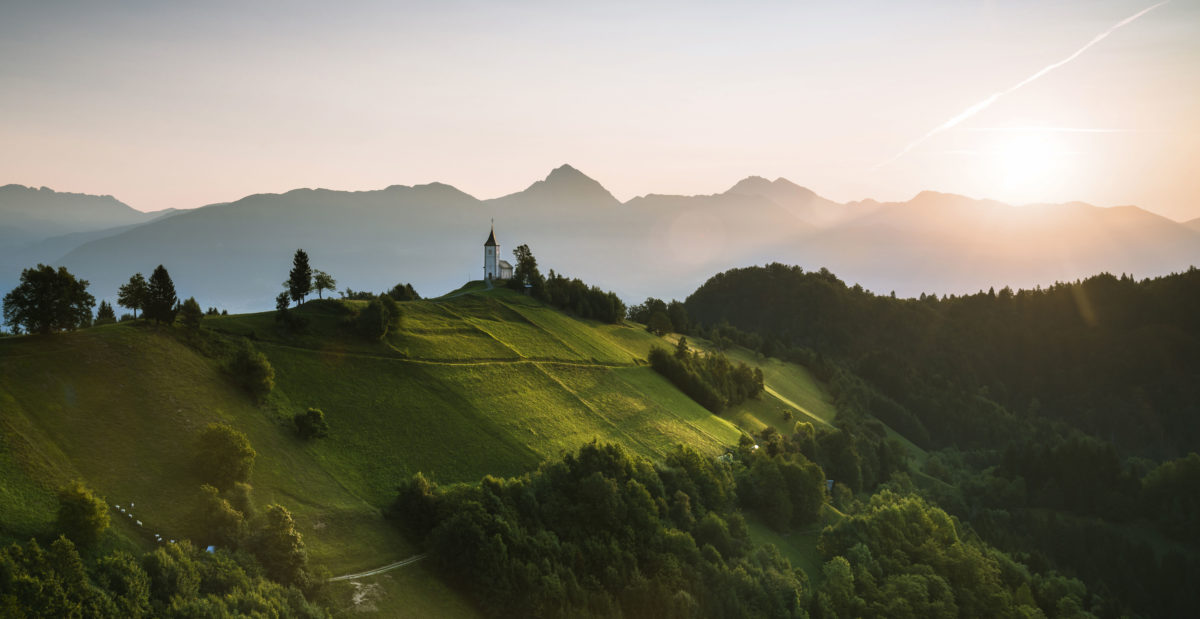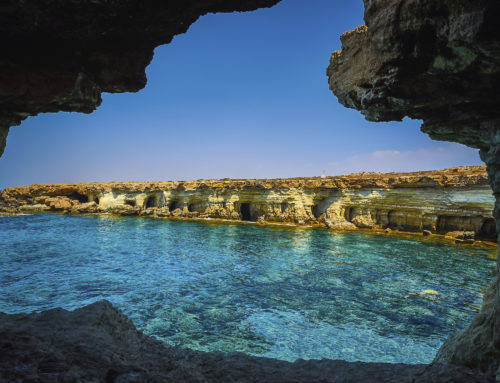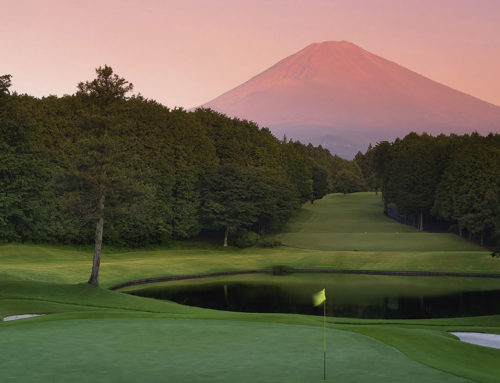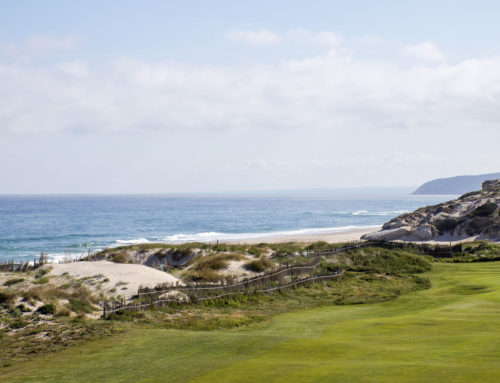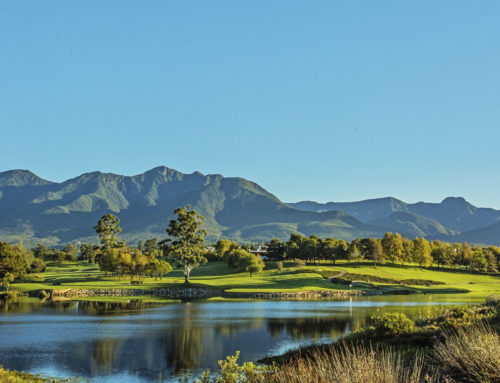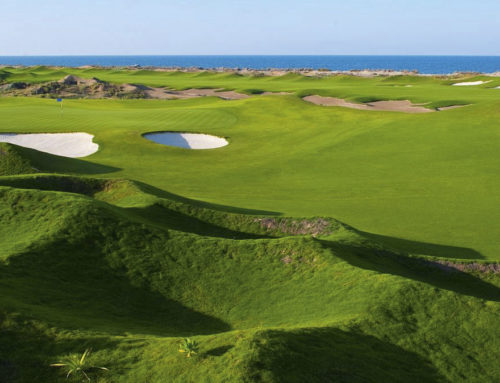It’s a claim made by many a nation, but Slovenians are genuinely some of the friendliest folk you’ll ever meet. Airport staff smile, taxi drivers beam and even officials are friendly. But then, Slovenians claim it is easy to be big-hearted and hospitable when surrounded by pine forests, soaring snow-topped mountains, gin-clear rivers, lush fields and flower-filled dappled valleys. Pretty historic villages complete with gingerbread bakeries, medieval castles, beehives, vine terraces, tinkling cow bells and carefully tended vegetable gardens remain central to daily life.
Bordered by Croatia, Hungary and Italy, Slovenia is virtually landlocked but for a 46km coastline allowing the waves of the Adriatic Sea to lap at its shores. In global terms, it’s also a young state: only independent since 1991. This gives the nation a youthful energy and an irrepressible exuberance for everything home-grown. Slovenian nature, culture and literature are especially a great source of national pride. Slovenia is the world’s first country to be declared a green destination by Green Destinations.
A day devoted to Slovenian culture is a country-wide national holiday while several hundred museums, galleries, theatrical institutions and fine historic castles and mansions are opened to visitors year-round. In 2010, Ljubljana was UNESCO ‘World Book Capital’ and in 2012, Maribor — close to the Austrian border — was declared the European Capital of Culture. Golf is another reason for Slovenians to be proud: it received the Undiscovered Golf Destination of the Year Award in 2015, as voted by 160 members of the International Golf Travel Writers Association and announced at the influential IAGTO Awards held at the International Golf Travel Market.
What makes Slovenia unusual is the even spread of courses throughout the country, with each close to numerous other attractions — such as historic towns and cities, Alpine mountain treks, fishing lakes, leafy hiking trails, stunning natural landscapes, bubbling thermal springs and health-giving spa resorts on the Mediterranean coast. This glorious scenery, and Slovenia’s warm human landscape, has made its golf tourism readily accessible.
You can reach most of the golf clubs from Ljubljana within an hour — nothing is a long road trip. What’s more, the fact that Slovenian golf is hugely underrated ensures that visitors can tee off without fear of crowds.
Slovenia’s first golf course, created especially for the golfing needs of the King of Yugoslavia, opened in 1938 to great fanfare.
The spectacular setting is everything you’d expect from regal fairways: hugging the clifftops of the picturesque town of Bled. Today blue blood is no longer required to tee off in Slovenia — the Royal Course is open to the masses. And, since the surge in interest in golf in the late 1980s, many more golf courses have been built into diverse aspects of the Slovenian terrain; from adjoining beautiful lakes, or in fossil-rich savannahs of the Pannonian Plain, under the ragged scrub-topped peaks of the Julian Alps and among vineyards, rolling hills and in the karst terrain.

